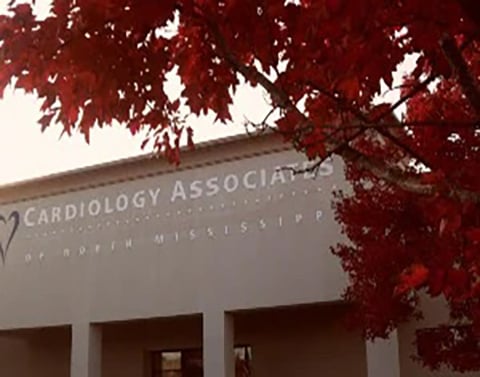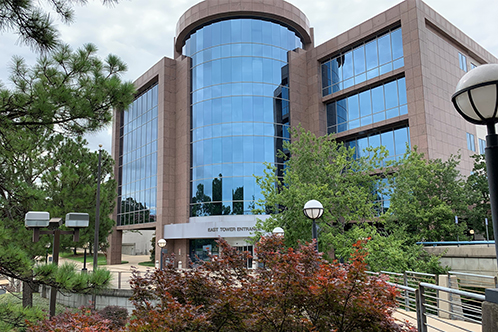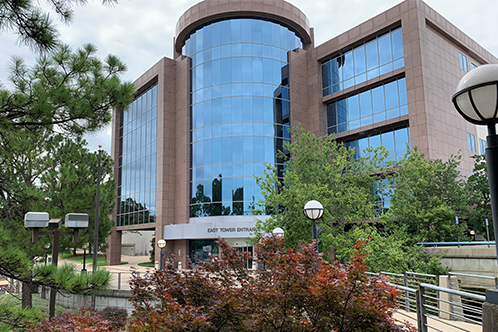Most strokes occur when part of the circulation to the brain is cut off, usually by blockages in carotid arteries.
- Medical Services
- Heart and Vascular Care
- Specialties & Services
- Vascular Services
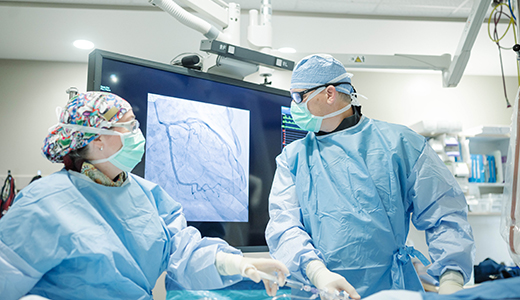
Vascular Services
Our board-certified vascular surgeons offer aneurysm repair, limb-saving procedures, DVT treatment, dialysis access and other advanced treatment.
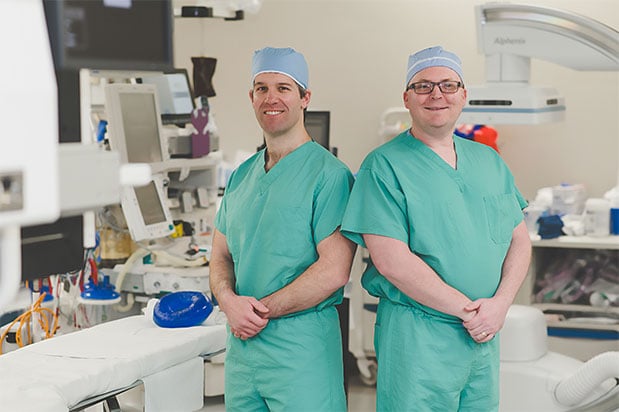
The Cardiovascular Express
Blocked arteries can cause more than heart attack and stroke. Blockages can occur in all arteries with serious consequences.
The body’s amazing vascular system is made up of vessels that carry blood throughout the body. Arteries carry oxygen-rich blood away from the heart, while veins carry oxygen-poor blood back to the heart. Blood leaves the left side of the heart and is pumped out to the rest of the body. The main artery from the heart is called the aorta.
As we age, our arteries tend to thicken, get stiffer and narrow—a process called arteriosclerosis.
When plaque builds up and narrows the blood vessels leading to the heart, it can cause a heart attack. The same situation in the arteries leading to the brain can cause strokes. Narrowing of the arteries in other places, such as the legs, can cause Peripheral arterial disease (PAD) and lead to sores, pain with walking or amputation. Dilation of these arteries is an aneurysm.
Vascular disease is any disease of your vascular system, which includes your veins and arteries.
An “bulge” that develops in a weakened area within the body’s largest artery can be fatal if it ruptures.
Plaque buildup in blood vessels reduces essential blood flow to the limbs and can result in amputation.
If a piece of a blood clot breaks off, it can travel to the lungs and make breathing difficult or even be fatal.
If kidneys fail and your body is unable to clean and filter blood, you may require dialysis.
Related Locations
State-of-the-art cardiac care only matters if we know the state of your heart. Request a screening online or call 1-800-843-3375.

